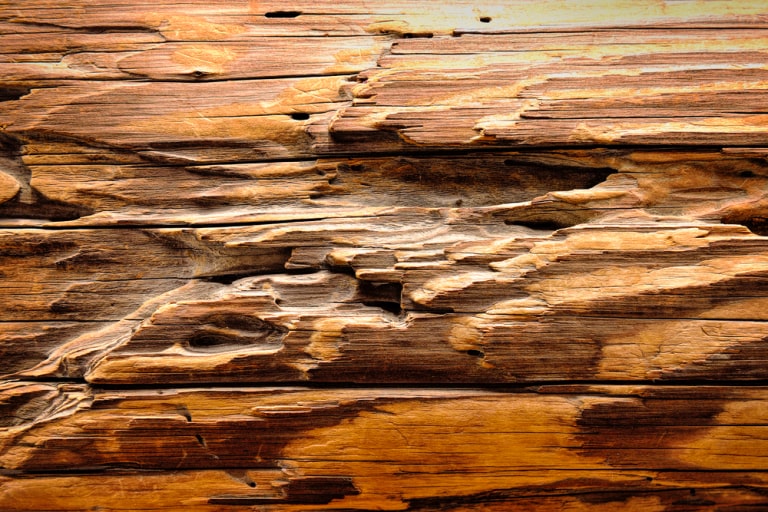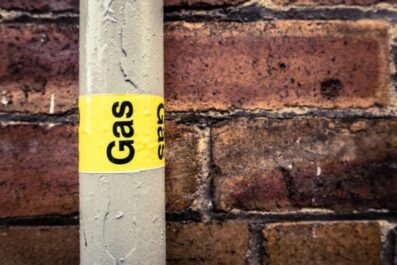Signs of Wood Rot Every Washington Homeowner Should Watch For

Wood is one of the most beautiful and natural materials used in home construction. From decks and siding to window frames and crawl spaces, it adds warmth and character to any property. But in Washington State, where the weather is often wet and humid, wood rot can quietly destroy your home if left unchecked.
Wood rot doesn’t always show up overnight. It begins small — maybe a soft spot, a blistered surface, or an earthy smell. Over time, it can weaken the structure of your home, ruin your deck, and cost thousands in repairs.
Let’s explore the key signs of wood rot every Washington homeowner should know — and what you can do to stop it before it spreads.
1. Soft or Spongy Wood
One of the earliest warning signs of wood rot is a soft or spongy texture. When you press on the wood and it feels soft, breaks easily, or gives under pressure, that’s a sign the fibers have started to decay.
You might notice this around:
- Window and door frames
- Deck boards or railings
- Trim and fascia boards
- Porch posts and steps
Try this simple test: press a screwdriver gently into the wood. If it sinks in easily or the wood crumbles, you may have rot.
2. Discoloration or Dark Stains
Rotting wood often changes color before it breaks down. Look for dark or uneven stains, especially in areas frequently exposed to moisture.
Common types of discoloration include:
- Dark brown or black patches from water damage
- Gray or white areas caused by fungal growth
- Orange or yellow tints in early stages of decay
Even if the area looks solid, discoloration can be the first sign that fungus has taken hold beneath the surface.
3. Peeling or Bubbling Paint
Paint protects wood from moisture — but when rot begins underneath, that paint will start to fail. If you notice bubbling, cracking, or peeling paint, it could be because water is trapped beneath the surface.
In Washington’s damp climate, this is a common issue for:
- Exterior siding
- Window sills
- Deck posts and handrails
Once the protective layer breaks down, moisture can seep deeper, speeding up the rot process.
4. Musty or Earthy Odor
That “old basement smell” isn’t just unpleasant — it can be a sign of fungal decay. Rot fungi release a distinct musty or earthy odor as they digest wood fibers.
If you notice this smell near wooden structures — especially in crawl spaces, basements, or around windows — it’s a strong sign of hidden wood rot.
5. Cracked or Shrunken Wood
As wood decays, it loses its strength and moisture balance, causing it to shrink or crack. You may see:
- Gaps forming between boards
- Splitting along grain lines
- Uneven edges or warped surfaces
This type of damage often appears around decks, fences, and trim boards that are regularly exposed to the elements.
6. Fungal Growth or Mold
Fungi thrive on moisture, and when you start seeing white, gray, or black fuzzy patches on wood, it’s time to take action. These growths indicate that the wood is retaining water and beginning to decompose.
While surface mold can sometimes be cleaned, if the fungus has penetrated deeper, the wood may need to be replaced.
7. Structural Weakness or Movement
Wood rot can severely weaken the structure of your home over time. You might notice:
- Sagging decks or porches
- Loose railings or posts
- Floors that bounce or squeak
- Doors or windows that don’t close properly
If your deck feels unstable or parts of your home seem to shift, it’s a serious sign that rot has compromised the structure.
8. Insect Activity
Moist, decaying wood attracts pests like carpenter ants, termites, and beetles. If you see small holes, sawdust piles, or flying insects near wooden surfaces, it could mean there’s rot beneath the surface.
In many Washington homes, wood rot and pest infestations go hand in hand — one problem often leads to the other.
Why Wood Rot Is Common in Washington
Washington’s weather is beautiful but challenging for homeowners. With frequent rain, coastal humidity, and shaded areas that dry slowly, wood rarely gets a chance to stay dry for long.
Common rot-prone areas in Washington homes include:
- Decks and stairs exposed to rainfall
- Siding near the ground
- Trim and fascia that collect runoff
- Roof eaves and gutters that trap moisture
- Crawl spaces with poor ventilation
Without proper sealing, drainage, or ventilation, wood in these areas can begin rotting within just a few years.
Preventing Wood Rot Before It Starts
The good news? With some simple maintenance steps, you can stop wood rot before it begins:
- Inspect regularly: Walk around your home every few months and check for soft spots or peeling paint.
- Keep wood dry: Ensure gutters and downspouts direct water away from your foundation.
- Seal and paint properly: Apply weather-resistant paint or sealant to protect exposed surfaces.
- Improve ventilation: In crawl spaces or attics, use vents or fans to reduce moisture buildup.
- Replace damaged boards early: Don’t ignore small soft spots — they spread quickly.
When in doubt, calling a local wood rot repair specialist in Washington can help you identify and fix the problem before it spreads further.
Professional Wood Rot Repair: When to Call the Experts
Sometimes, rot damage is more than just surface-level. When structural wood like framing, posts, or beams are affected, it’s time to call in a professional.
A rot repair contractor can:
- Identify hidden decay with moisture meters and inspection tools
- Replace damaged wood with treated, rot-resistant materials
- Seal and waterproof vulnerable areas
- Improve drainage and ventilation to prevent future problems
Hiring a professional wood rot repair in Washington ensures the problem is handled correctly — protecting your home’s strength and beauty for years to come.
Final Thoughts
Wood rot is one of those home issues that sneaks up on you — silent, slow, and damaging. By recognizing the early warning signs like soft wood, peeling paint, and musty smells, you can catch the problem before it spreads.
Regular inspections and quick repairs can save you from expensive structural damage down the road. And when the problem goes beyond DIY fixes, don’t hesitate to call a trusted wood rot repair company in Washington.
Your home deserves the best protection against the elements — and a little attention now can go a long way toward keeping it solid and beautiful for years to come.




